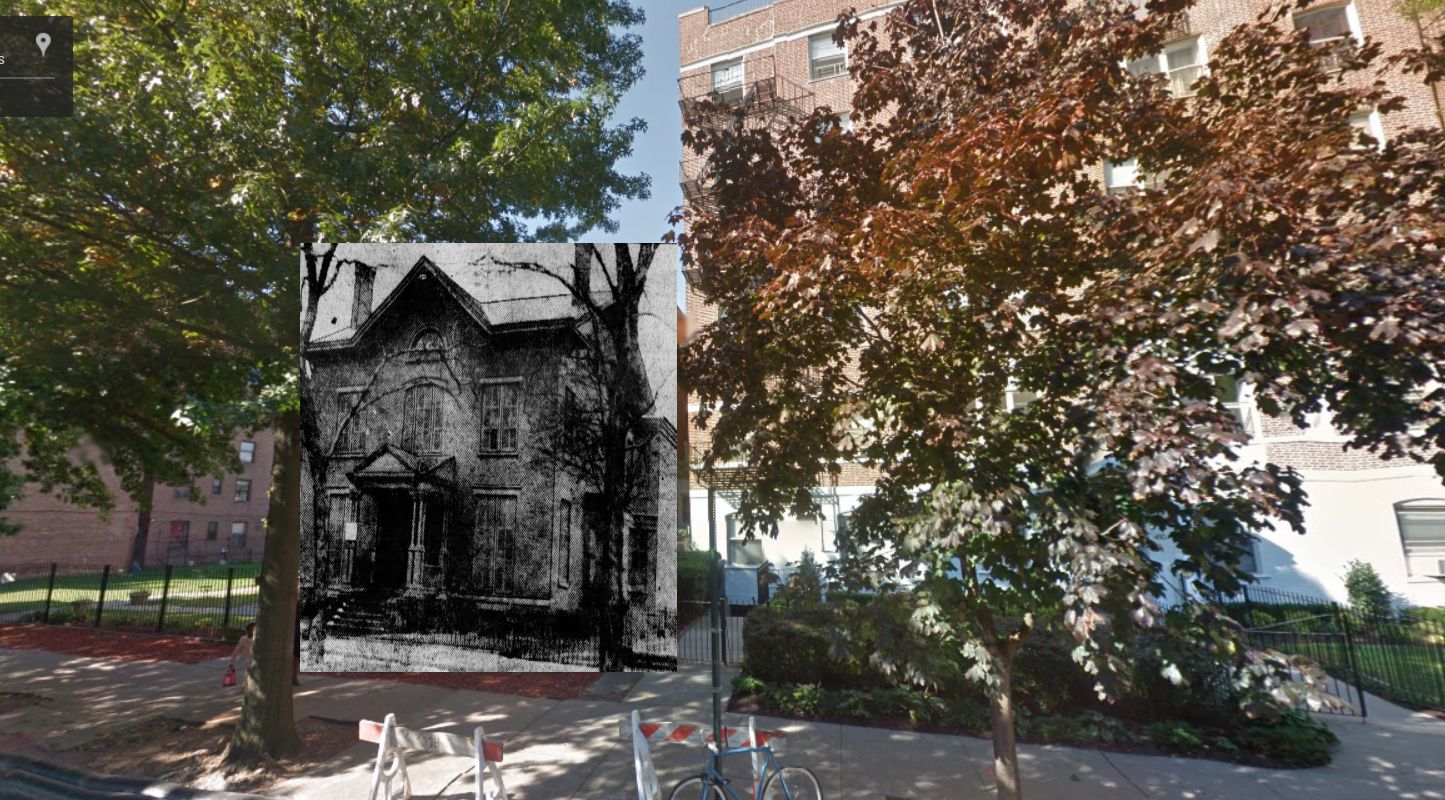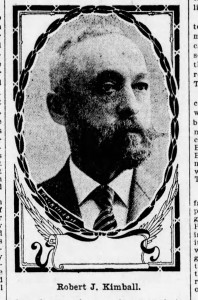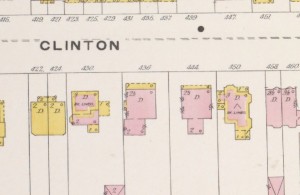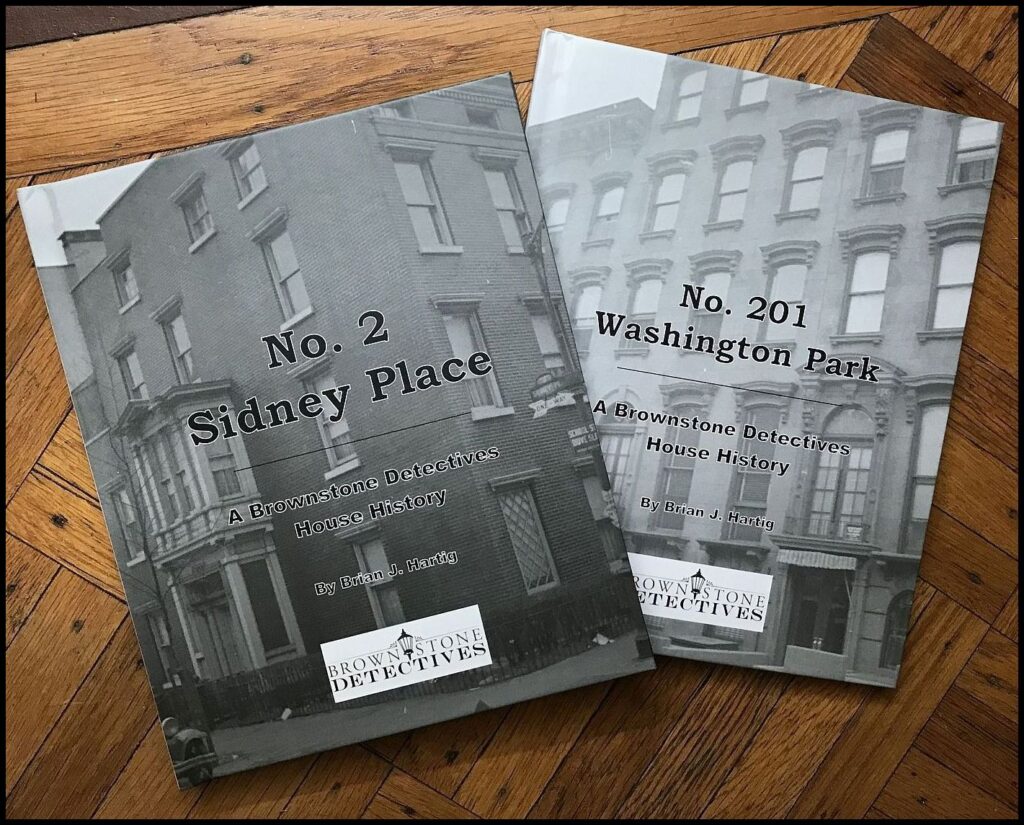THE NAMING OF A CLINTON HILL HOUSE (1850)

Brownstone Detectives investigates the history of our clients’ homes.
The story you are about to read was composed from research conducted in the course of one of those investigations.
Do you know the history of YOUR house?
********************************************************************************************************************************
When a house becomes commonly referred to by the owning family’s name, it can be expected that this family 1) built the house, 2) had lived there for some time, or 3) were well-known in the city.
 Robert Jackson (R.J.) Kimball embodied two of these indicators (No.’s 2 & 3).
Robert Jackson (R.J.) Kimball embodied two of these indicators (No.’s 2 & 3).
The Kimballs lived at No. 436 Clinton Avenue since the mid 1880s, and R.J., himself, was very well known. He was an active socialite who rose to build his fortune through banking and real estate.
A senior member of the firm, R.J. Kimball & Co., a member of the stock exchange since 1866, and a trustee of the Pratt Institute, his name was very well-known throughout New York City and Brooklyn.
Although Kimball passed in 1903, his wife continued to own the house until she sold it in 1921.

436 CLINTON ENTERS A NEW ERA
In 1921, after the house had been vacant for a few years, a man by the name of Alfred H. Bromell of No. 59 Livingston Street, noticed the abandoned structure. Probably recognizing it for its value and status as a residence, he purchased the house and large lot.
The plot was described as “60X200, which extended back to Vanderbilt av., where there is a garage,” and was referred to as “one of the show pieces of the Hill section.”
Bromell, vice-president of the Munson Steamship Line (located at No. 67 Wall Street), planned to “make extensive renovations on the residence and occupy it in the spring.”

A few years later, in 1923, the Bromells were doing what the rich were prone to do back then when the the warmer months hit – they closed their home and spent the summer at their country place. Theirs was at Center Island, Oyster Bay, near to where Theodore Roosevelt had made his residence.
Just five years later, the neighborhood’s bright luster was beginning to develop a tarnish. Although Clinton Avenue did not suffer the degradation that other avenues did, in the coming years its location was perceived less and less as a draw to those who had built fortunes.
As the middle class began to move into the new apartment buildings being constructed throughout the “Hill district,” those with money saw the writing on the wall and knew when to get out.
It would be 1928 when Alfred Bromell sold No. 436. When the Bromells moved away that year, the house was still being referred to as “the Kimball residence.”
Old habits die hard.
———————————————————————————————————————–
 Brownstone Detectives is an historic property research agency. Our mission is to document and save the histories of our clients’ homes. From our research, we produce our celebrated House History Books and House History Reports. Contact us today to begin discovering the history of your home.
Brownstone Detectives is an historic property research agency. Our mission is to document and save the histories of our clients’ homes. From our research, we produce our celebrated House History Books and House History Reports. Contact us today to begin discovering the history of your home.